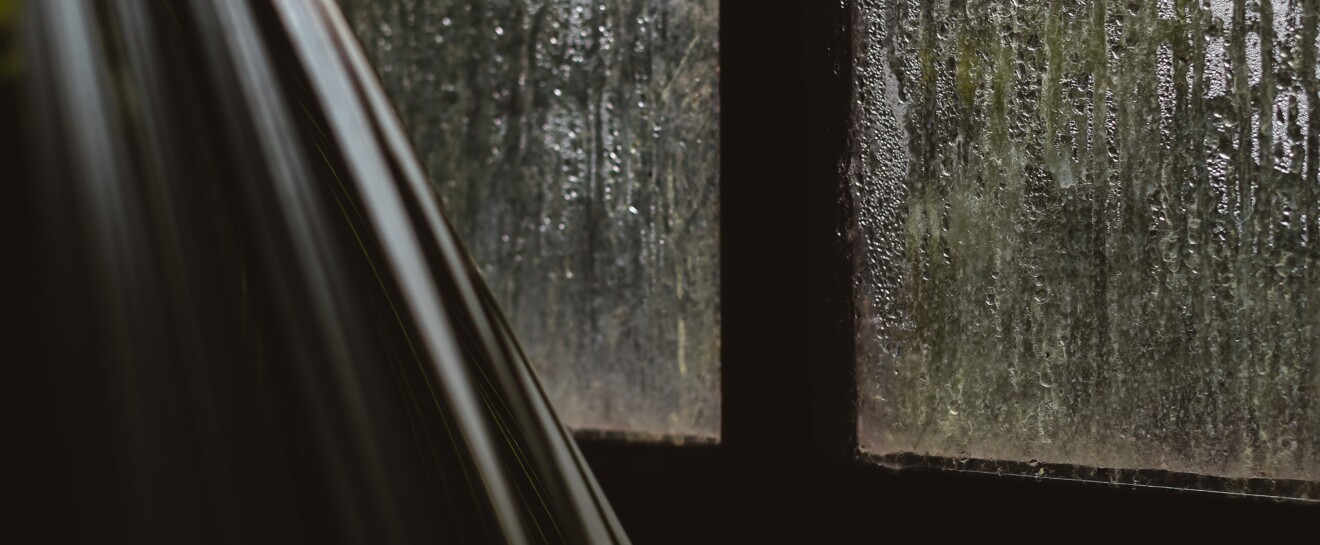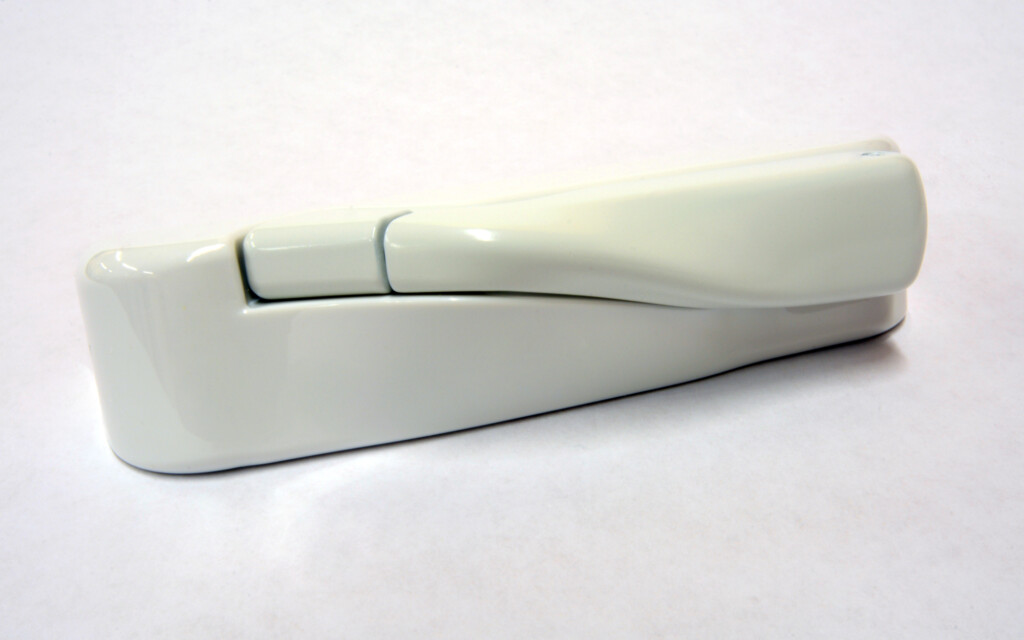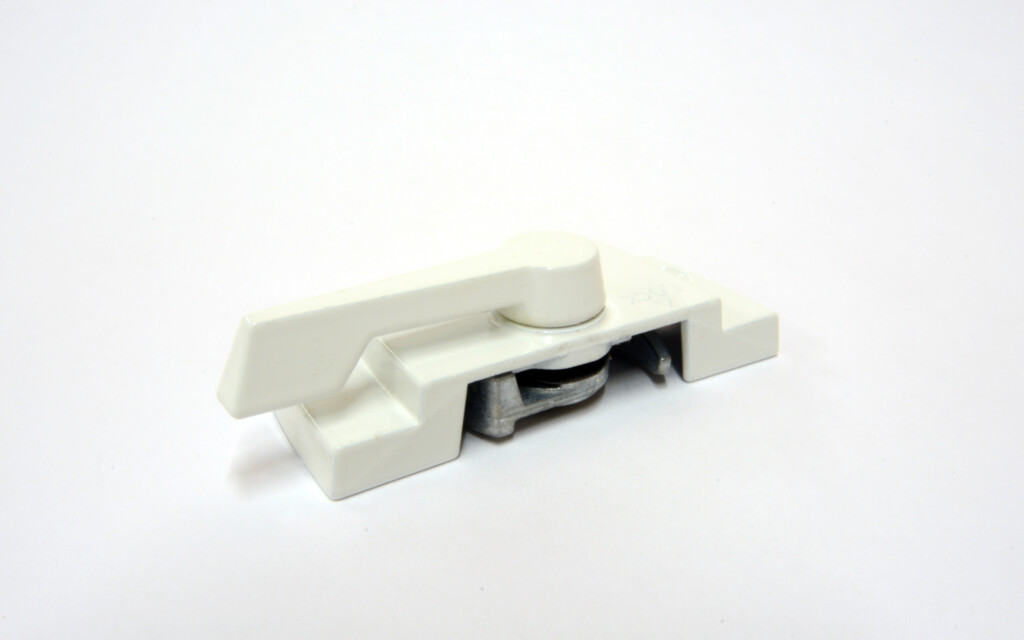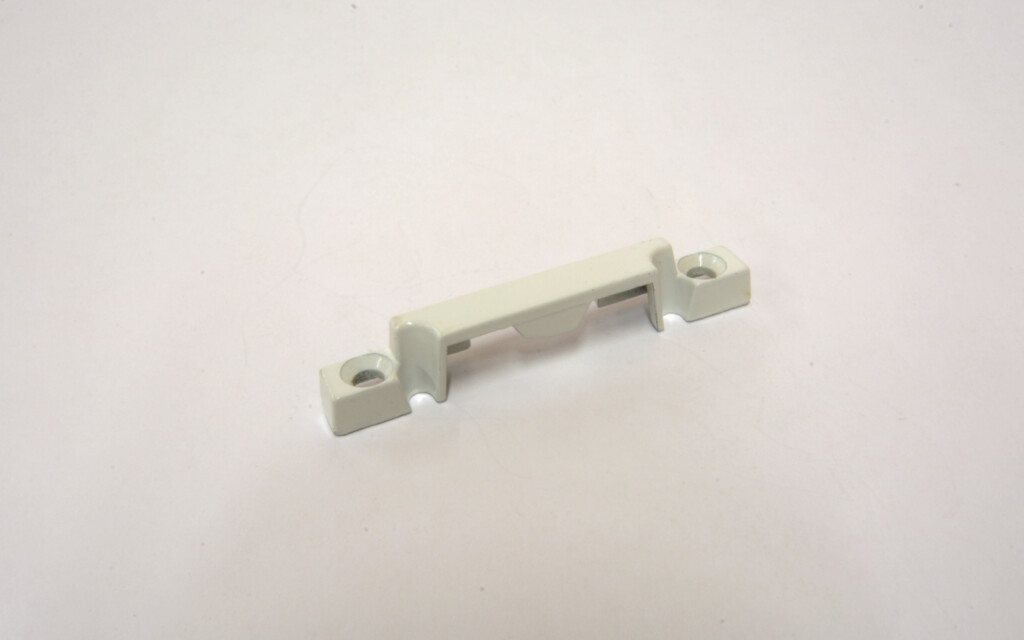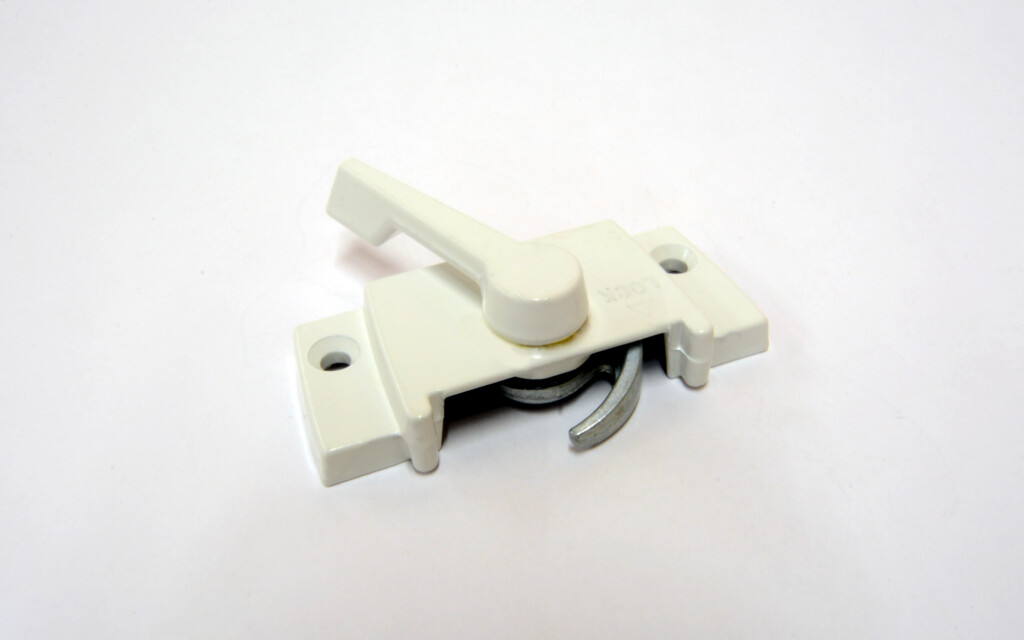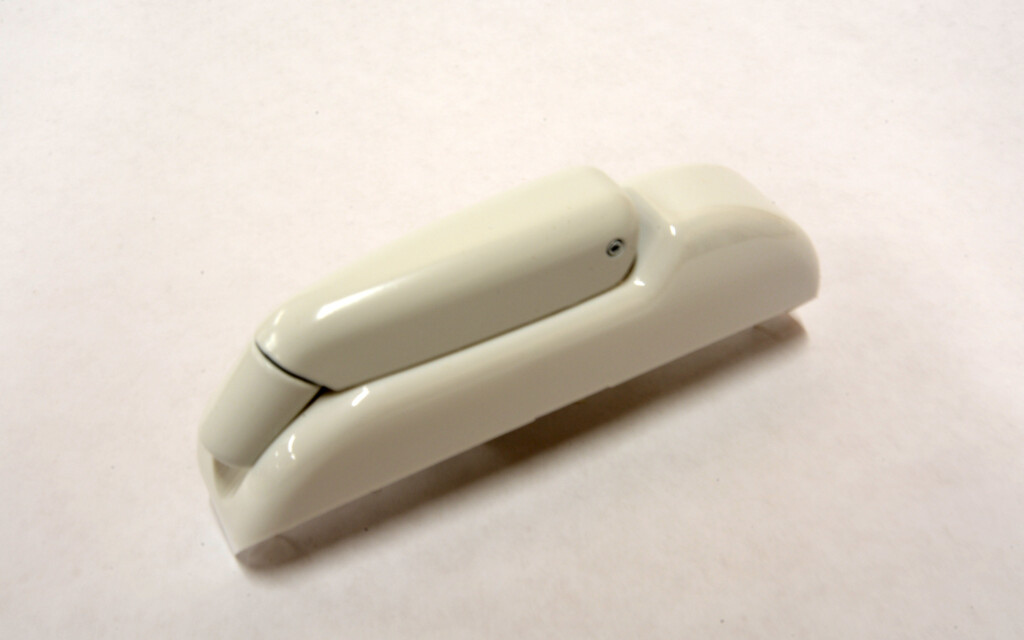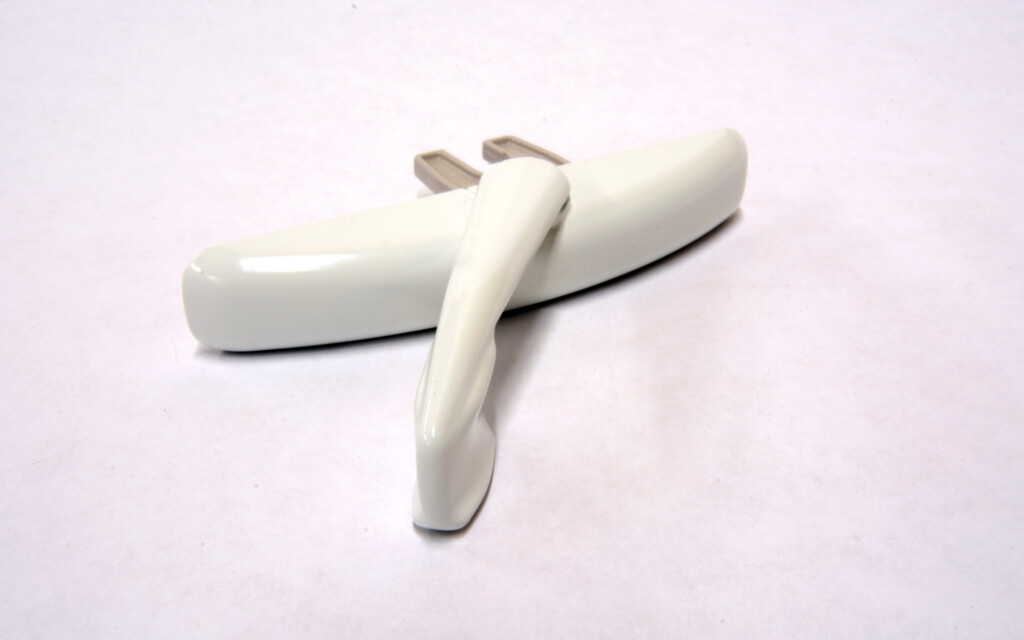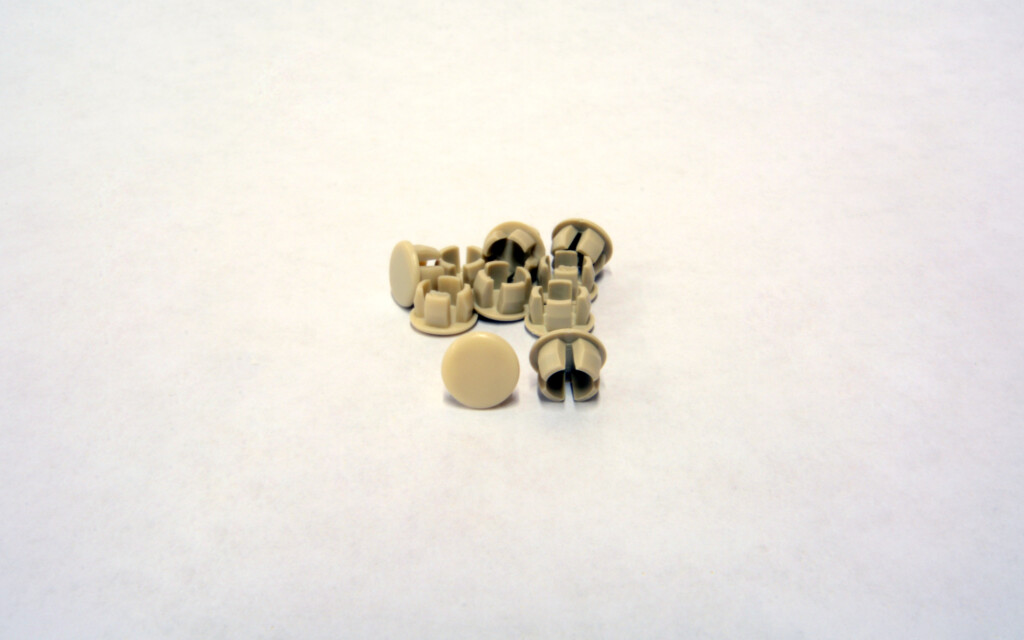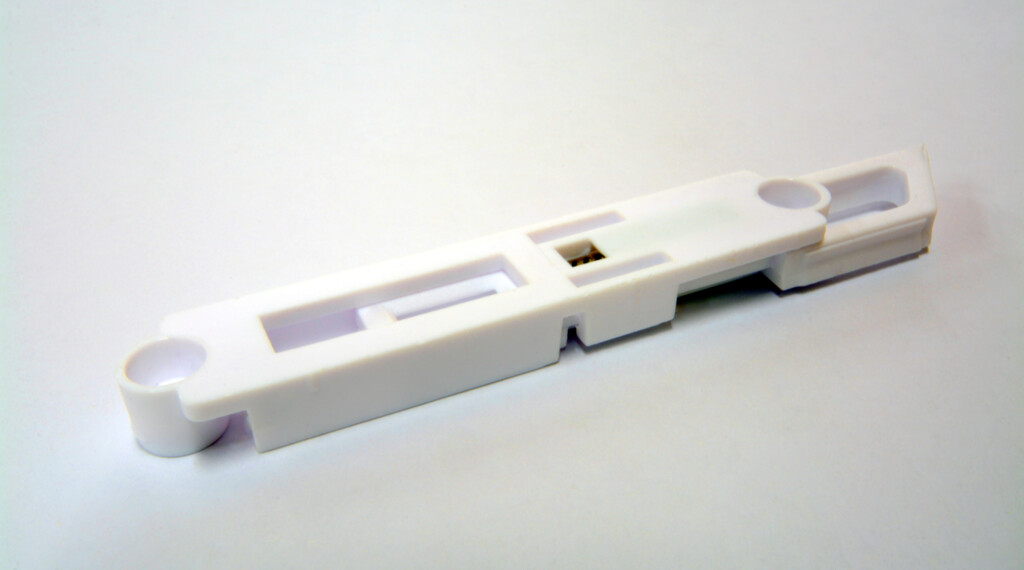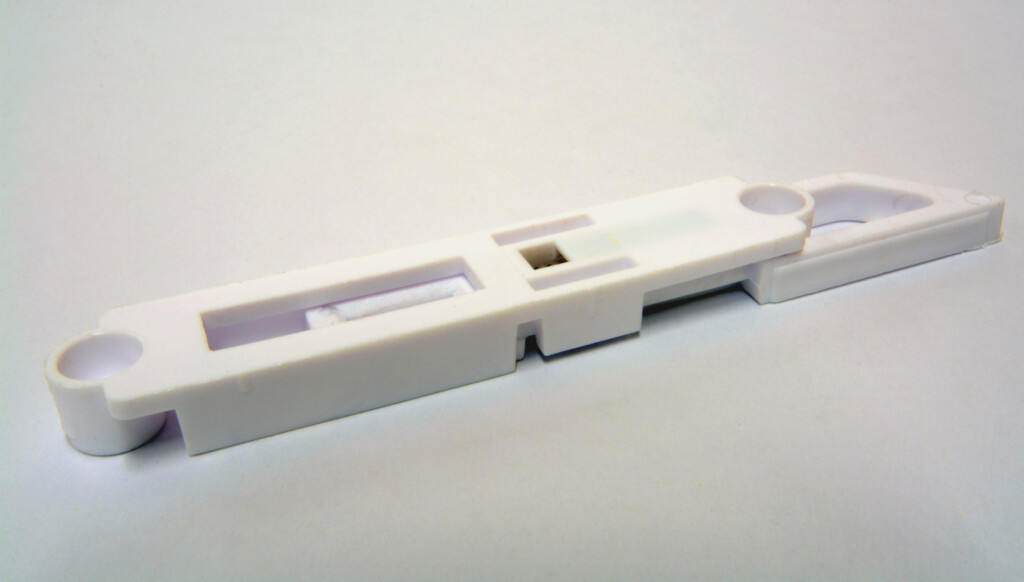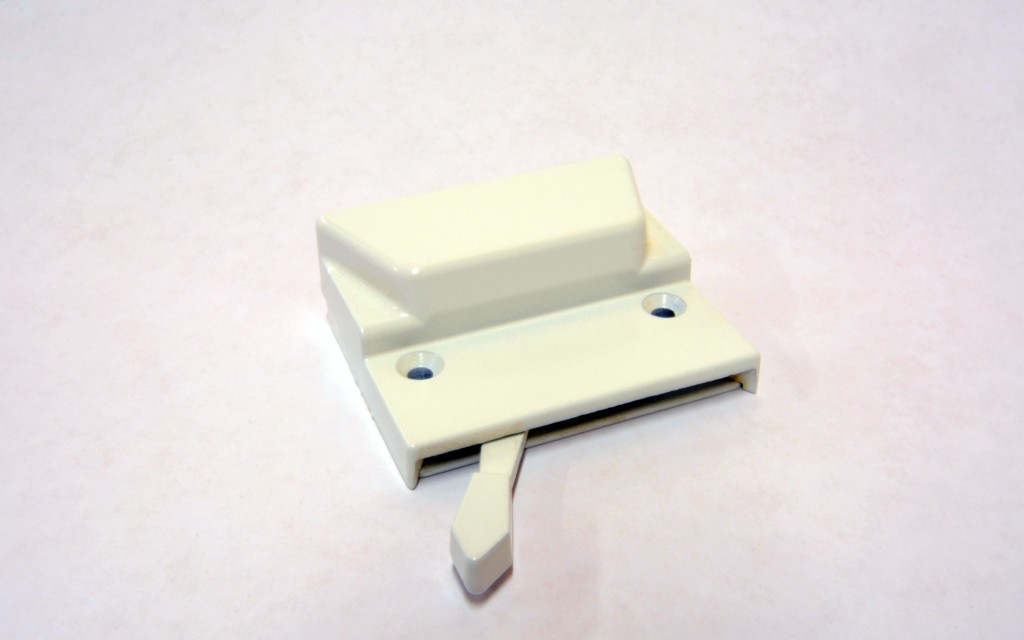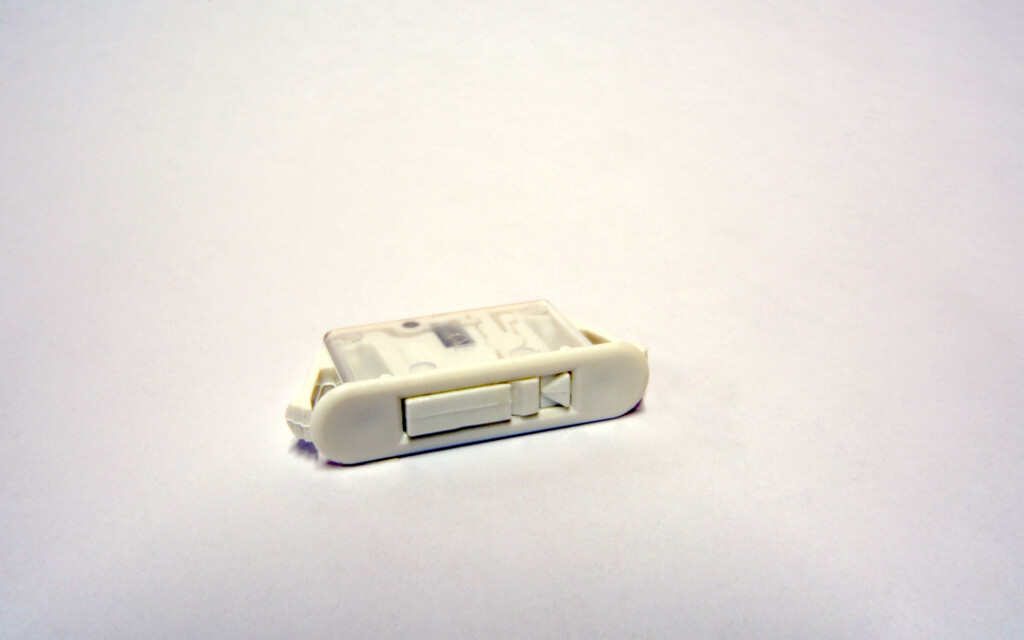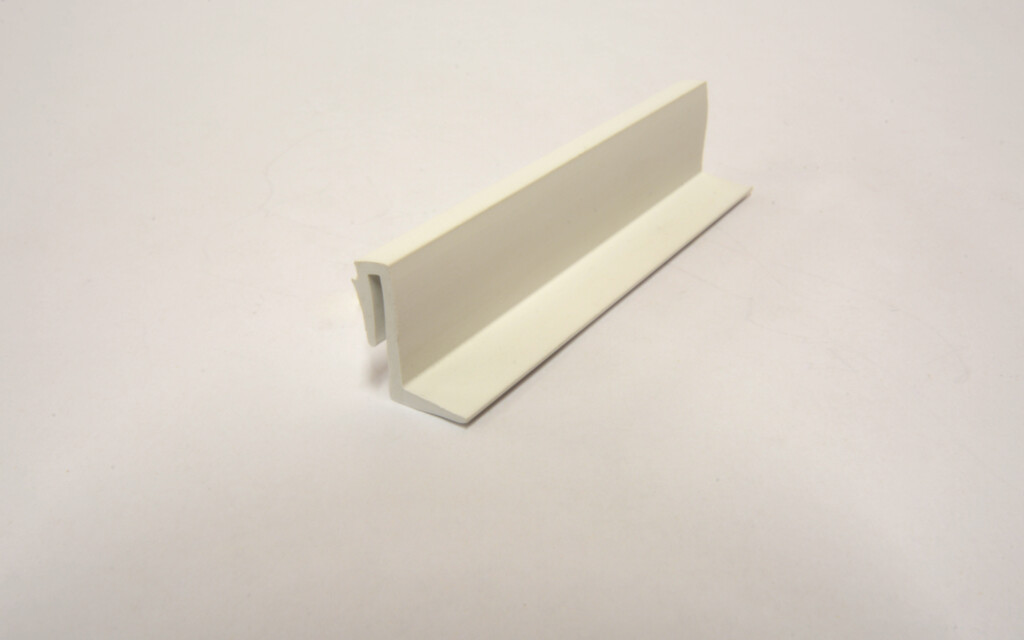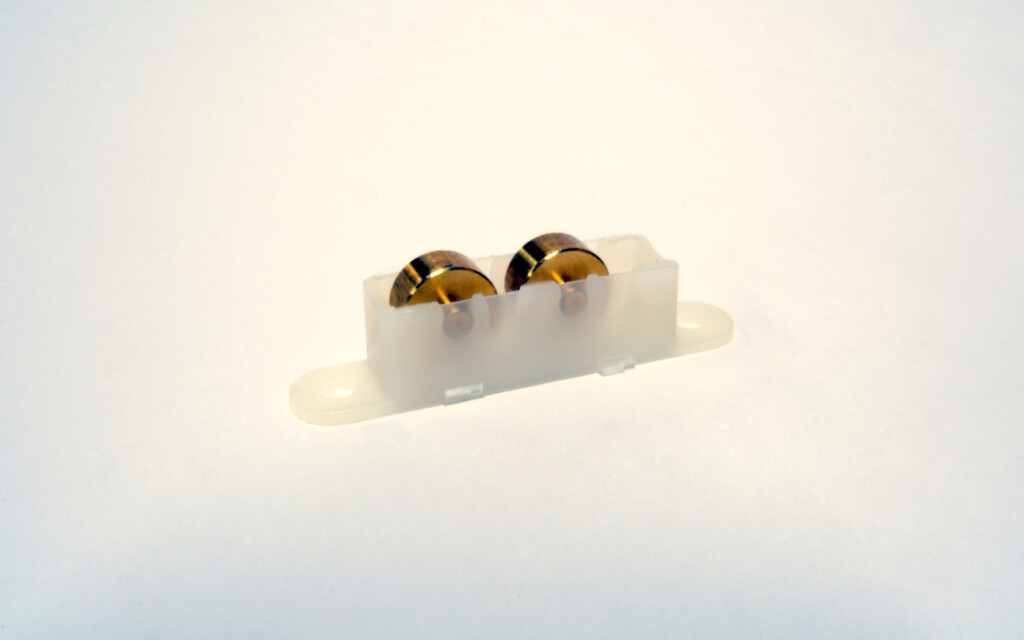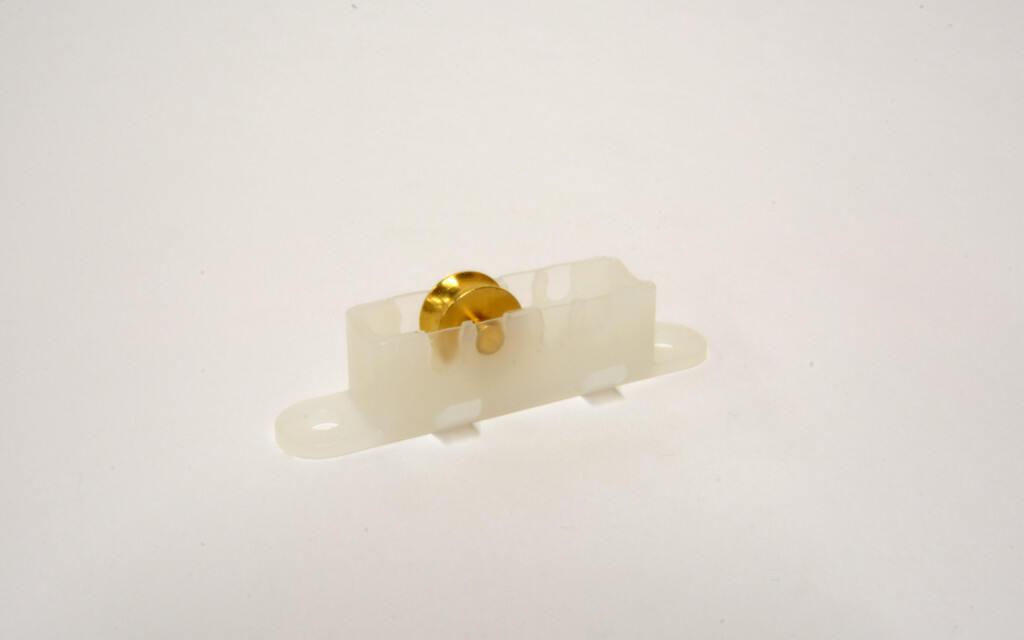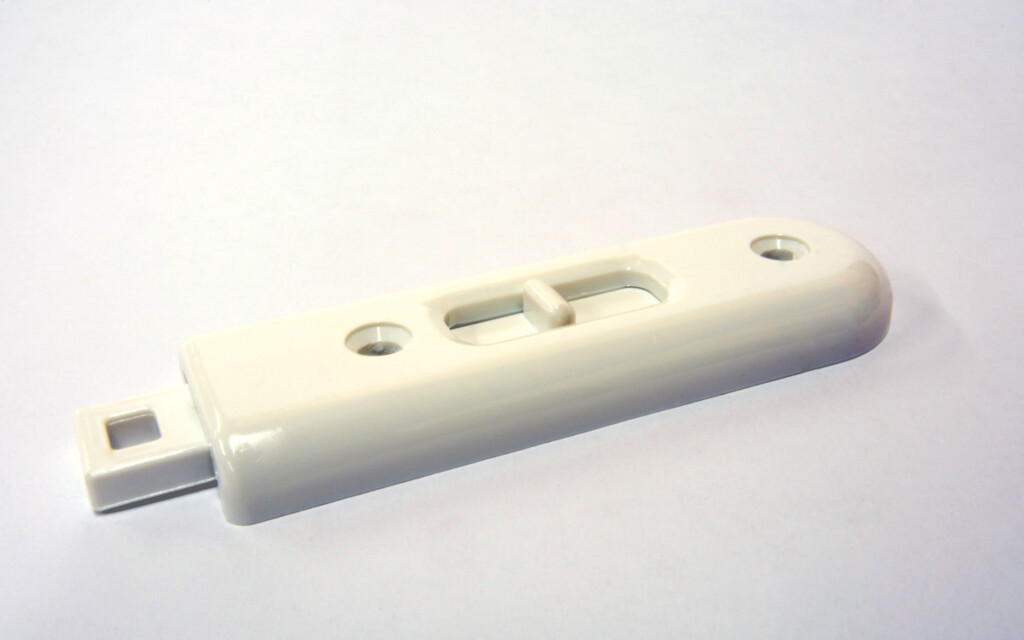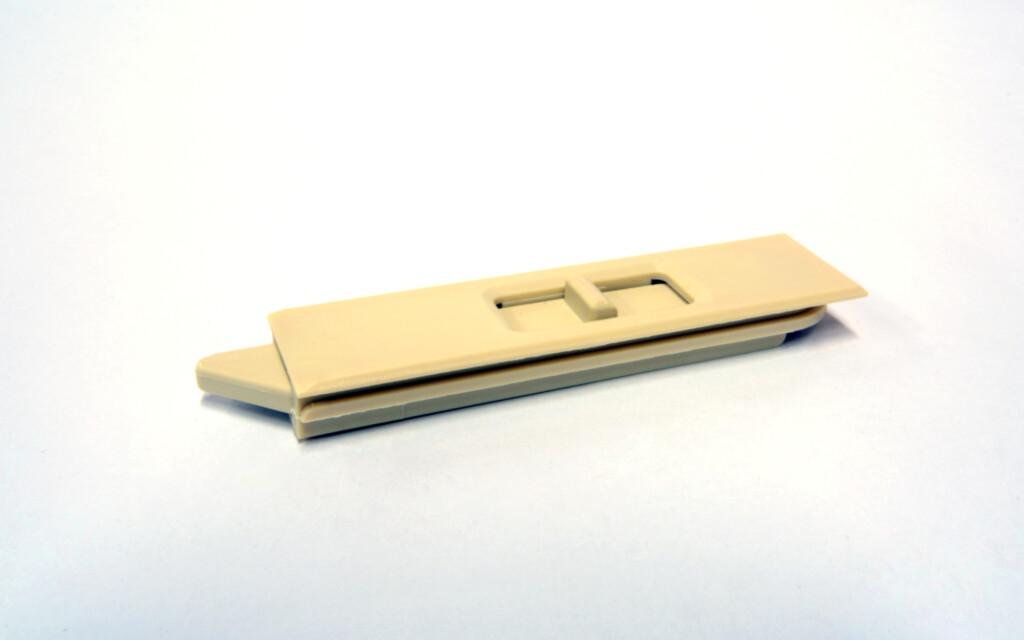Window Condensation Explained: 3 Types and Solutions – Free
Vinyl Window Condensation
Condensation on your windows is a common problem. Learn how to solve the problem for free (almost).
It doesn’t matter if your windows are new or old, affordable, or expensive, condensation can occur. There are a few different scenarios where condensation may accumulate on your windows. This article will discuss three different situations where condensation may occur and provide some tips on how to manage the problem.
Interior Window Condensation
Window condensation is the build-up of water vapor on the surface of the glass. The most common type of condensation accumulates on the interior surface like water vapor from a hot shower collecting on a cool mirror.
Glass will always be one of the coldest surfaces in your home, so the colder it is outside and the more humid it is inside your home, the more likely you are to experience condensation on your windows.
While new high-efficiency low-e argon, double pane, triple pane, or quad pane windows are less likely to have issues, interior condensation is a result of high humidity inside the home and not necessarily indicative of the quality of the window.
Humidity inside the home can be caused by several factors including cooking, bathing, dishwashing, washing and drying laundry, and even human occupancy. The simple act of breathing can add humidity to your home. This is one of the reasons humidity can frequently be found on bedroom windows.
If there is condensation on your windows for extended periods of time, mold or mildew may start to grow from the dust, dirt, or debris that has accumulated on the glass or frame.
Since glass and vinyl are inorganic materials, it is not possible to for the glass or vinyl frames to mold. If you have mold, it is important to promptly clean the windows. Please see our article here about vinyl window care and maintenance.
There are several steps you can take to reduce the humidity inside your home and likelihood of interior window condensation.
- Use an exhaust fan while cooking and bathing.
- If you use a humidifier, shut off the humidifier until the situation improves.
- Try to avoid drying clothing inside.
- Open the curtains, blinds, and interior doors and create better air circulation.
- If necessary, use a de-humidifier to remove moisture from the air.
- if it’s a pleasant day, open the windows to ventilate the home.
Most new vinyl windows are designed to move water from the interior of the window out through the drain holes on the exterior of the frame. It is normal to have water on or under the interior track of the window where the window slides. When rain comes through the screen, or condensation drips down your glass it collects in the track and dissipates through the drainage channels.
Don’t worry if you see water in the track unless the water overflows and runs down your interior wall. If the track overflows, then the drainage channels must be blocked and should be cleared quickly.
Exterior Window Condensation
During the warmer months, you may experience condensation on the exterior surface of the glass. While this can be a short-term nuisance, it does not indicate there is anything wrong with your windows. In fact, it indicates your windows are performing as they are intended.
Exterior condensation occurs at times of high humidity after a calm, cool night. When the temperature of the exterior pane of glass falls below the dew point, condensation will begin to appear. You will usually encounter condensation in the morning but notice it dissipates quickly as the daytime temperature increases.
Most new windows come with low-e glass, argon gas, and two, three, or even four panes of glass. New windows are so efficient at insulating your home not as much heat is escaping through the glass to heat the exterior pane. Since the exterior pane stays more cool, exterior condensation is more likely to occur on new energy efficient windows than older inefficient windows.
If you would like to reduce the chances of developing exterior condensation, try leaving your blinds and drapes open over night to allow as much heat to escape through the glass as possible. If you have trees or shrubs near the windows, trim the branches to increase airflow around the area. If you have potted plants below the window, try moving them to another area to reduce the humidity level.
Condensation Between the Panes of Glass
If you notice condensation forming between the panes of glass, then you have what is called a seal failure. A seal failure occurs when the seal that binds the panes of glass together has separated. You may notice condensation, frost or ice, spots, or a general cloudy or foggy look to the glass.
A seal failure is a problem that should be fixed as soon as possible to improve your view and window efficiency. If the window frame is in good condition, the glass only should be replaced while the frame remains in the wall. If you have old, inefficient, or damaged frames, then the entire frame and glass system should be replaced.
Learn more with this technical bulletin from Cardinal Glass Industries
Contact your local window company for more information and pricing on new windows. If you are located in British Columbia, check-out www.berdickwindows.com. They are a family owned and operated window and door manufacturer that has specialized in windows and doors since 1973.
Contact Berdick today for a free quote on products and installation services. If you are not in the local area, they can suggest many authorized dealers throughout British Columbia.
If you found this information helpful, you may want to read a few of our other articles that can be found here.


